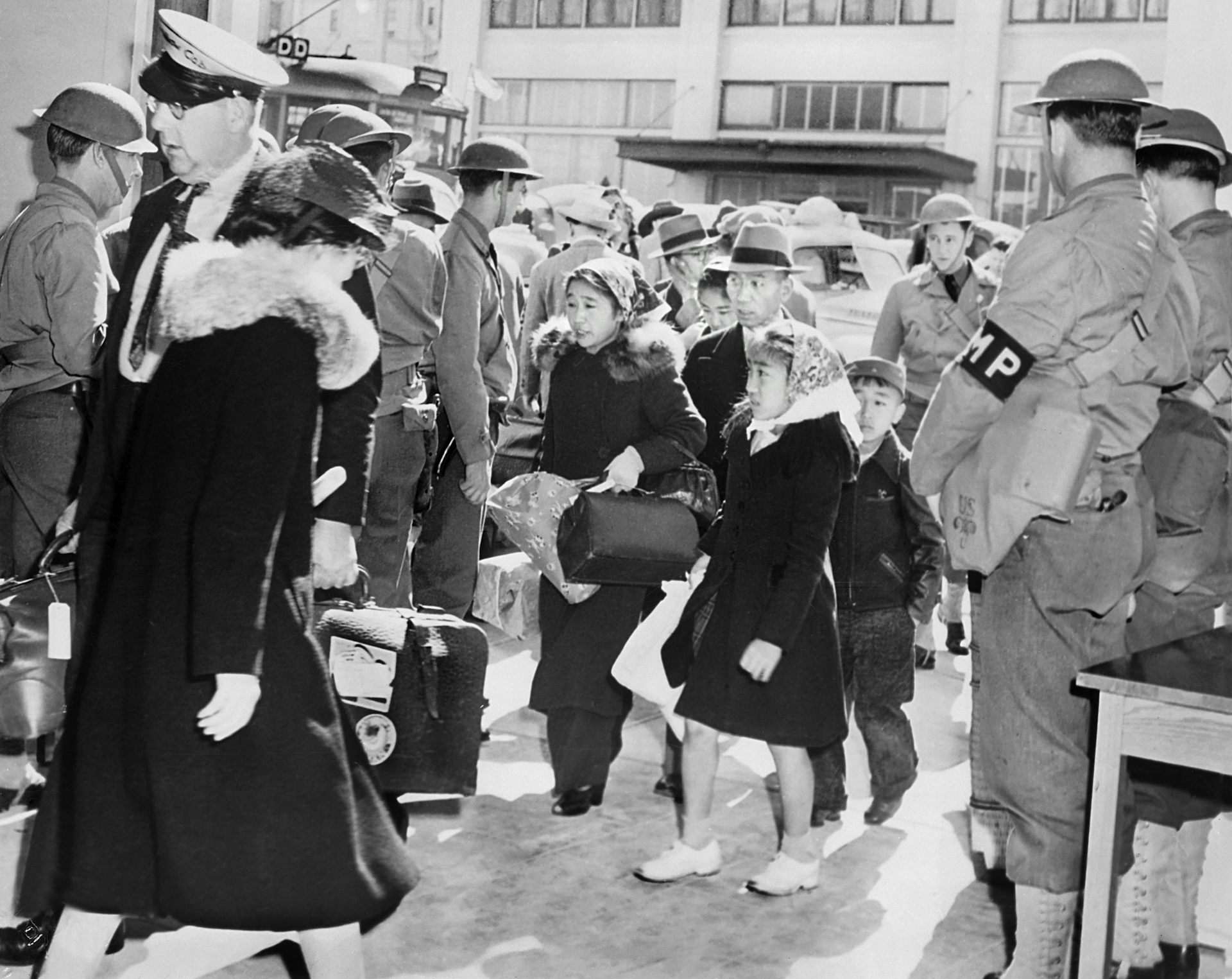Does national service help heal America’s divisions?
Teach for America was created to bring more resources to disadvantaged communities. New research shows that the participants also learn a few things.

President Donald Trump’s budget proposes getting the government out of the business of national service. This comes at a time when the election has divided Americans like few in history. And individuals from different walks of life in our fractured nation have fewer opportunities to have genuine encounters with one another.
Civilian national service typically requires participants to work on a social ill and immerse themselves in vulnerable communities. New research demonstrates that national service programs like Teach For America can bring people together. They cultivate civic responsibility and a shared identity with the communities they serve.
Divided by class and color
Important class and racial divisions came into clear view during the 2016 election cycle. Notably, beliefs about the causes of inequality and poverty differ significantly by both class and race. These differences have led to disagreement on what policies can best solve pressing issues ranging from education to health.
The more advantaged – the wealthy, more educated and politically connected – typically believe in the fairness of the current economic, social and political system. The advantaged see hard work as key to achieving their privileged positions. In contrast, disadvantaged Americans tend to believe that while hard work is important, it is simply not enough to get ahead in an unfair system.
What happens when the most advantaged members of our society participate in national service, immersing themselves in the lives of struggling members of our society? Do they learn to see the world differently?
Cultivating understanding
Early advocates of national service programs pointed to the power of national service in cultivating understanding between groups. In “Gratitude,” William F. Buckley recalled how his wartime experience was a poignant reminder of the “pulsation of consanguinity” that united the “Laramie cowboy” and the “litterateur in Greenwich Village.” Service for one’s country, he argued, can “ever so slightly elevate us from the trough of self-concern and self-devotion.”
Reflecting on the effects of military service, U.S. philosopher William James argued for civilian national service. The U.S. government could enlist young Americans to work among the poor. James noted that civilian national service can foster “healthier sympathies,” which are necessary in healthy democracies.
Decades later, President John F. Kennedy famously said “ask not what your country can do for you, ask what you can do for your country.” This was a rallying cry for over a million Americans to serve, and ultimately contributed to the creation of organized national service like the Peace Corps and AmeriCorps.
But how can we know if these national service really foster understanding and shared purpose? According to recent research I conducted with Katharine Conn from Columbia University, national service addressing issues of inequality and poverty can have powerful bridging effects.
Our study focused on Teach For America. TFA is a national service program that integrates top college graduates into low income communities for two years. While TFA is incredibly diverse, we consider it a corps of “advantaged” individuals because each participant is a top college graduate. Only 33 percent of Americans hold a college degree in contrast to 100 percent of TFA participants. TFA is also a highly selective program.
We collected survey responses from over 32,000 TFA applicants between 2007 and 2015, and implemented a “regression discontinuity design” to determine the effects of participating in TFA. Simply put, we compared the responses of people who were barely admitted into TFA to those who were barely rejected, as the two groups are similar apart from their participation in the program.
We find that national service has profound and lasting effects on its participants.
Building empathy
TFA participants are more likely to empathize with poor families, and be attuned to injustices faced by low-income Americans.
For example, TFA participants are 7.4 percentage points more likely to believe that systemic injustice contributes to the income-based education achievement gap. The income-based “achievement gap” in education refers to the disparity in academic performance between high- and low-income students.
TFA participants are 8.5 percentage points more likely to agree that poor families value education just as much as richer families. And they are 11.3 percentage points more likely to believe that low-income students have fewer opportunities than high-income students.
When thinking about low-income Americans, participants of TFA have less “actor-observer bias.” This psychology term refers to a tendency to attribute one’s own setbacks to external factors like an unfair process, and attribute another person’s setbacks to traits like laziness.
In other words, TFA participants are more likely to attribute poverty to underlying systemic issues rather than to a lack of individual effort. We also saw an uptick in the belief that government should take more responsibility to ensure everyone is provided for. There is an increased sense that hard work is not enough to bring about success, and that people are poor because of an unfair society as opposed to laziness and lack of willpower.
TFA participation is also linked with less racial resentment and greater dissatisfaction with the treatment of minority groups. In other words, TFA participants are more likely to attribute racial inequality to systemic and historical factors as opposed to lack of effort on the part of black Americans. For instance, they are 12 percentage points more likely to attribute difficulty in social mobility on the part of black Americans to generations of slavery and racial discrimination.
We also find evidence of decreased racial prejudice. TFA participants have less implicit skin-color bias than nonparticipants.
Participation in TFA translates to feeling closer to racial minorities. Those who served a majority African American student population expressed a 19 percentage point increase in feelings of closeness to the African American community. Those who taught in majority Hispanic regions expressed a 14.5 percentage point increase in feelings of closeness to the Hispanic community.
In a fractured nation, national service programs that enable participants to confront issues of poverty and develop deep connections between different groups can enhance empathy and understanding. They can push individuals to reexamine their assumptions and think critically about effective public policy.
Before Lyndon B. Johnson was the 36th U.S. president, he served as a teacher, working with low-income children of Mexican-American farm workers. He worked in a community much like the communities that TFA and other national service programs serve in today.
It is perhaps not a coincidence that he went on to pass the Economic Opportunity Act, which, among other things, created Volunteers in Service to America, a domestic counterpart to the Peace Corps.
It is also perhaps not a coincidence that he signed the Elementary and Secondary Education Act. At the heart of the legislation was Title I, which earmarked federal funding for poor children. “By passing this bill,” Johnson noted, “we bridge the gap between helplessness and hope for more than 5 million educationally deprived children.”
Cecilia Hyunjung Mo has recently received funding from Humanity United, USAID, US Department of Labor, Vanderbilt University and the World Bank. She was also a 2002 Teach For America Corps Member in Los Angeles, California.
Read These Next
Racial profiling by ICE agents mirrors the targeting of Japanese Americans during World War II
Asian Americans have drawn parallels between today’s attacks on Latinos and a historically exclusive…
Seeking honor is a double-edged sword – from ancient Greece to samurai Japan, thinkers have wrestled
Though they lived centuries apart, Aristotle and Tsunetomo both explored what it means to live virtuously,…
Illness is more than just biological – medical sociology shows how social factors get under the skin
Medical sociology examines how social, cultural, political and economic factors shape health in ways…





